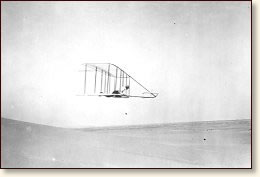Robots have risen as one of the most efficient developments in technology. A robot can be defined as a
mechanical device that is capable of performing a variety of tasks on
command or according to instructions programmed in advance. It can also be defined as a mechanical or virtual artificial agent, usually an electro-mechanical machine that is guided by a computer program or electronic circuitry. Robots have made life easier and bearable in the digital era, the developments range from use in the hospitals, war by armies, games and adventures such as satellite researches. Robots have the following advantages:
- Improved labor productivity
- Reduction in cycle time and floor space utilization
- Quality and reliability improvement
- Consistency in processing
- Reduction of waste
- Lower production costs
- Going to far away planets without limitations of extreme temperatures.
- Spying for people in ways people can't move and from views humans can't reach, thus improving security.
- Giving us information that humans can't get through various explorations.
- Working at places 24/7 without any salary and food, they don't get bored.
- They can perform tasks faster than humans and much more consistently and accurately.
- They can capture moments just too fast for the human eye to get, for example the Atlas detector in the LHC project can capture ~ 600000 frames per second while we can see at about 60.
- Most of them are automatic so they can go around by themselves without any human interference.
- They can entertain us and help us in certain tasks.
 |
| Asimo robots serving tea and performing other tasks in perfect coordination. |
The fast atlas detector
- Robots depend on a power source, be it a battery or continuous electricity. When this runs out or becomes depleted, it ceases to keep functioning and eventually stops, making it vulnerable to damaging property.
- Lower production costs
- People can lose jobs in factories
- It needs a supply of power, thus consumes more fuel.
- It needs maintenance to keep it running.
- It costs money to make or buy a robot.
ASIMO ROBOT VIDEO
 |
| Robots work on AUDI A5 vehicles. |


 the early planes
the early planes 